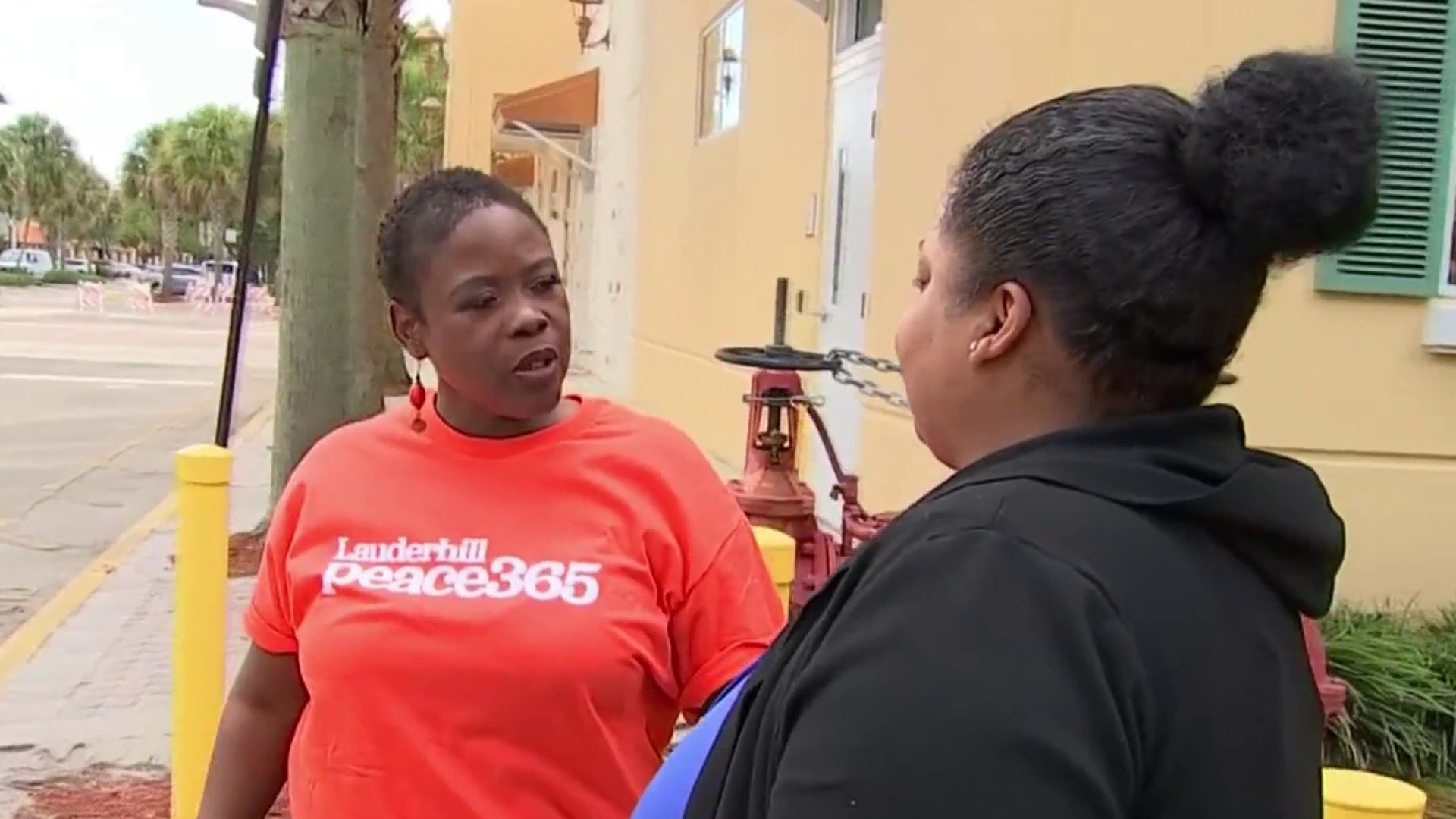As bad as it is right now, the United States has one advantage in attacking the pandemic: other countries were struck first.
Experts say a clear lesson from those countries is you do not want to allow community spread by signalling too soon that the public can once again freely mingle.
So when President Trump this week said he was hoping churches would be packed by Easter Sunday -- less than three weeks away -- scientists said he was sending the wrong message.
Trump said he hoped the country would be opened up and raring to go by Easter, adding, "I think that would be a great thing for our country."
Asked if that timeline made sense to her, Dr. Aileen Marty, an infectious disease expert at Florida International University, said, "No. It does not. It's 100 percent the wrong thing to do."
If social distancing ends too soon, Marty said, "We will see many many more people in the ICUs and at a level we do not have the capacity to handle."
To prove their point about how early action can slow the virus and save lives later, experts point to charts showing how fast cases doubled in each nation after the first cases were detected.
Local
The US right now is near the top of that curve, approaching a doubling almost every other day.
That's faster than Spain -- which has more than 4,000 deaths -- and Germany, where the death rate has been low. In Germany, strict border control measures, quick testing and tracking of infections have been credited with helping lower the impacts.
The greatest success among major nations in tamping down spread has been in South Korea, which reported its first case on January 20, the same day as the US. But it was ready with a plan for widespread testing, tracing and isolation of those who were infected.
Two countries on a curve path similar to the US include Italy and China.
China, where the virus originated, imposed draconian restrictions, forcibly isolating travelers for two weeks and shutting down cities, as a totalitarian state can. And it is now reporting dramatic decreases in the growth of infection, though nearly 3,300 deaths.
Worst of all, though, has been Italy, where 7,500 have died after the country failed to quickly impose and strictly enforce social distancing.
Dr. Marty fears mixed messages could propel the US to the top of that deadly curve. "Every day that we drag our feet and continue not to enact all the things we need to enact is going to mean weeks of more suffering and misery for all of us."
The number of cases does not reflect exactly how widespread the virus may be, but rather only the number of cases confirmed by testing.
A more telling and important metric will be the number of deaths from the virus per 100,000 people in a country's population, and that will not be a valid comparison until the wave of infection and its effects passes and we are able to look back on all this historically.



